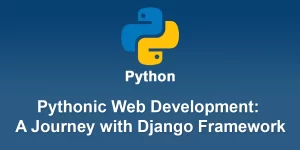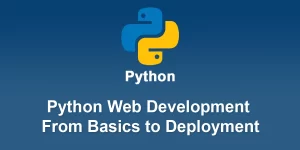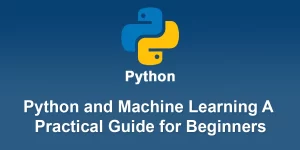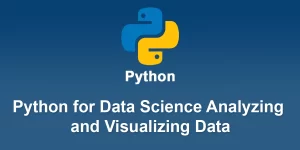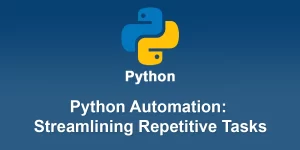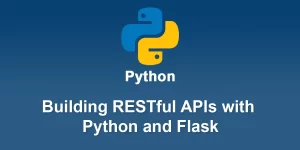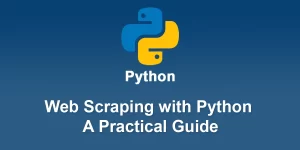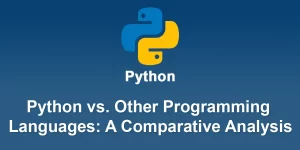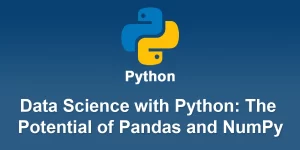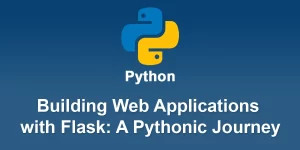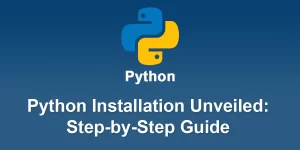The Future of Python: Trends and Innovations in Programming
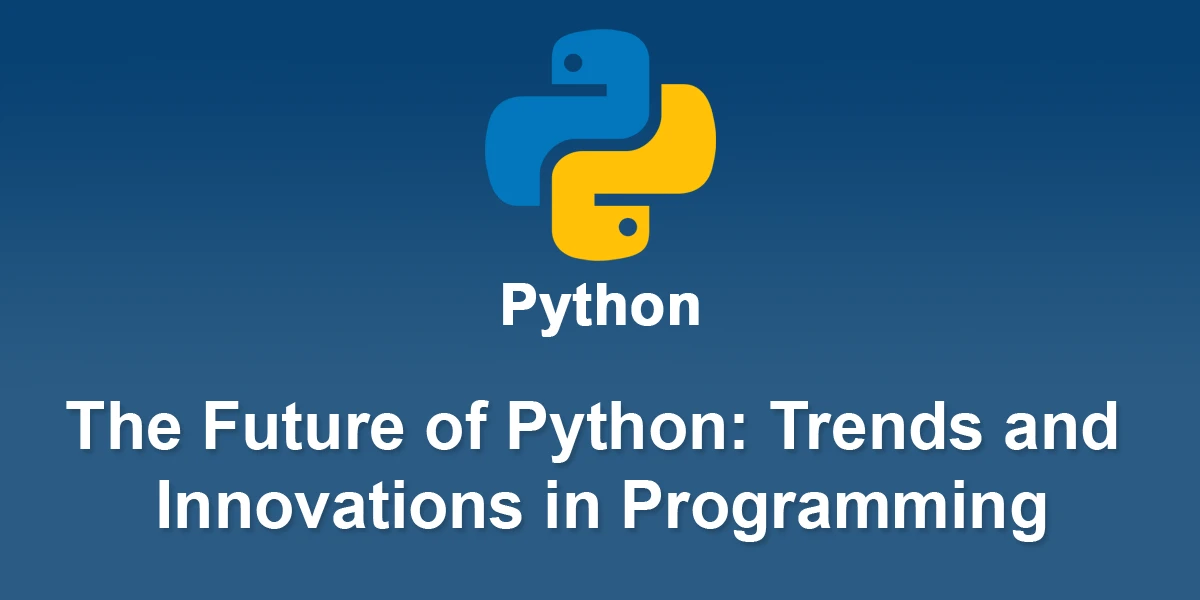
As of my last knowledge update in January 2022, I can provide insights into some trends and innovations in the Python programming language. However, keep in mind that the technology landscape is dynamic, and new developments may have occurred since then. Here are some trends and innovations in Python programming:
- Python 3 Adoption:
- Python 2 reached its end of life in January 2020. The community continues to transition to Python 3, with ongoing support and updates.
- Data Science and Machine Learning:
- Python remains a dominant language in data science and machine learning. Libraries like TensorFlow, PyTorch, and scikit-learn contribute to Python’s popularity in these domains.
- Web Development with Django and Flask:
- Django and Flask are popular web frameworks in Python. These frameworks continue to evolve, providing efficient and scalable solutions for web development.
- Serverless Computing:
- Python is widely used in serverless computing environments, especially with platforms like AWS Lambda, Google Cloud Functions, and Azure Functions.
- Microservices Architecture:
- Python is often used in building microservices due to its simplicity and versatility. Containers and microservices-oriented architectures are gaining popularity, with tools like Docker and Kubernetes playing a significant role.
- AI and Natural Language Processing (NLP):
- The rise of AI and NLP applications has increased the demand for Python. Libraries like spaCy and NLTK are commonly used for natural language processing tasks.
- Quantum Computing:
- Python is becoming a language of choice for quantum computing development. Frameworks like Qiskit and Cirq enable researchers and developers to work on quantum algorithms.
- Cybersecurity and Ethical Hacking:
- Python is widely used in cybersecurity and ethical hacking due to its versatility and extensive libraries. Security professionals leverage Python for scripting, automation, and penetration testing.
- Edge Computing:
- With the growth of edge computing, Python is employed to develop applications that run closer to the data source, reducing latency and improving overall system efficiency.
- WebAssembly (Wasm):
- Python is exploring WebAssembly support, allowing Python code to run in web browsers with near-native performance. Projects like Pyodide bring Python to the browser via WebAssembly.
- Type Hinting:
- The adoption of type hinting, introduced in Python 3.5 and improved in subsequent versions, is increasing. Tools like MyPy help developers catch type-related errors early in the development process.
- Concurrency and Asynchronous Programming:
- Python’s asyncio module and the introduction of the ‘async’ and ‘await’ keywords have led to increased adoption of asynchronous programming for handling concurrent operations efficiently.
- Jupyter Notebooks and Interactive Computing:
- Jupyter Notebooks continue to be popular for interactive computing, data exploration, and collaborative work in various fields, including data science and education.
- Community and Open Source:
- Python’s strong community and commitment to open-source principles continue to drive innovation. Python Enhancement Proposals (PEPs) and community-driven initiatives contribute to the language’s evolution.
Keep in mind that the technology landscape is dynamic, and new trends may emerge. Stay updated with the latest developments by following official Python channels, attending conferences, and participating in the vibrant Python community.

